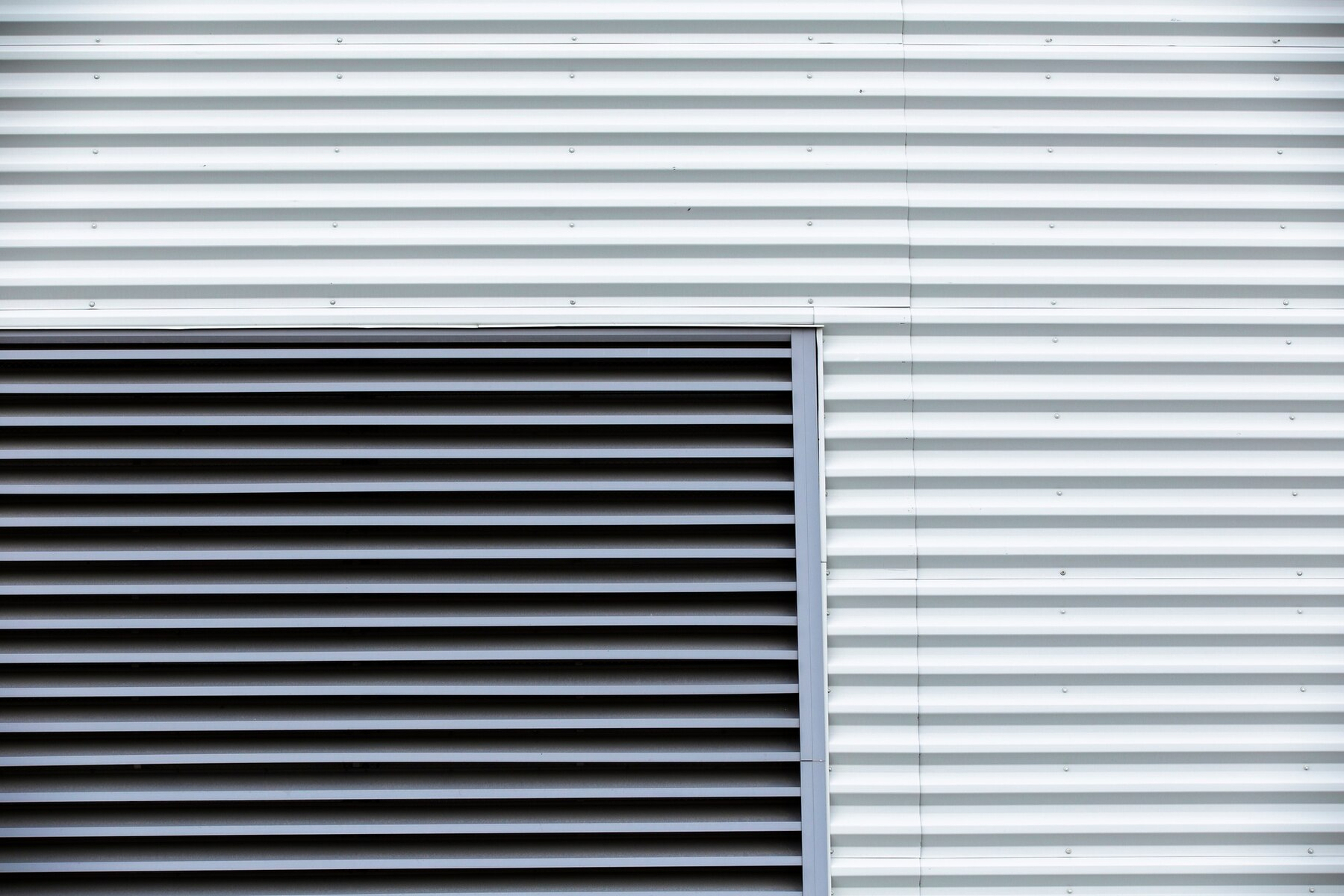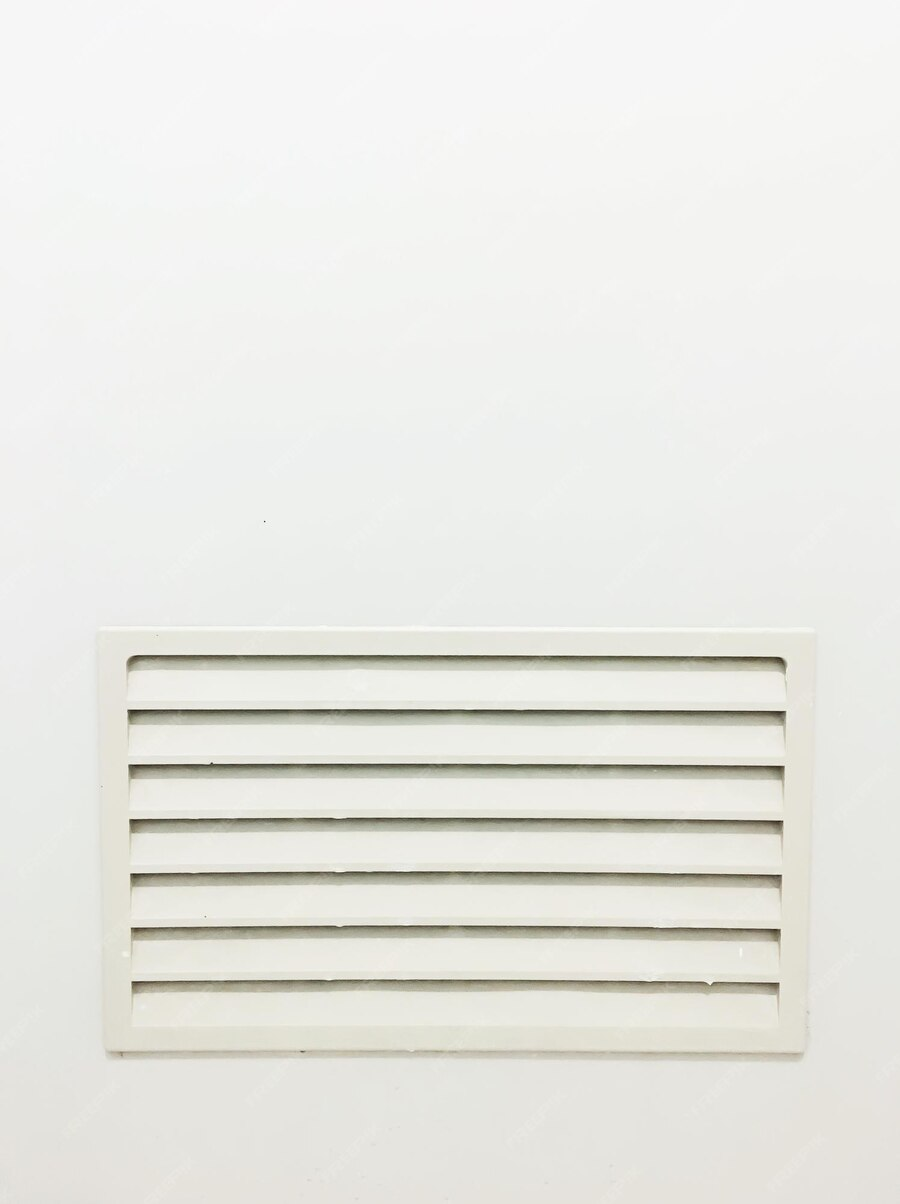
What Are Louvers, and What’s Their Purpose?
When it comes to managing airflow in buildings, there’s one essential component that often goes unnoticed by almost everyone: the louver.
Although it might seem like a simple device, louvers can actually be a bit complicated, and they play a critical role in regulating ventilation, temperature, and air quality in various different industries.
But there’s a lot more to louvers than just that. Fortunately, we’re about to explain what they are, how they work, and what else they do.
What Is a Louver?

A louver is a device that consists of a series of slats or blades, typically installed in walls or openings. The primary function of a louver is to allow airflow while blocking unwanted elements like rain or debris.
Louvers come in various designs, which can be tailored to different applications, though they are widely used in HVAC systems.
Purpose of Louvers
Louvers serve multiple purposes when it comes to building systems. Here are a few:
Air Control
One of the main functions of a louver is to manage the direction and flow of air, ensuring proper ventilation in different environments. This is particularly important in maintaining comfortable indoor conditions and preventing the buildup of stale air.
Ventilation
Louvers play a key role in facilitating natural airflow, which is essential for maintaining a healthy indoor air quality. By having slats, louvers enable fresh air in and let stale air out.
Protection
Louvers can also be used to provide a path of fresh outdoor air to enter HVAC systems while simultaneosly blocking insects, debris, and rain from entering the system. This protective function is especially useful in areas prone to harsh weather conditions. When used on the walls of large warehouses, louvers also help prevent larger animals from flying or crawling into the facility.
Where Are Louvers Used?
Louvers have broad applications across various settings. Here are a few examples:
Commercial Buildings
In buildings, louvers are often integrated into HVAC systems to regulate air intake and exhaust, which helps buildings maintain optimal indoor conditions. They are also used in places like ventilation ducts, air intake grilles, and exhaust fans that control the flow of air.
Industrial Buildings
In industrial settings, louvers are used to manage airflow for large-scale equipment or processes, aiding in cooling and ventilation. They can be found in places like power plants, factories, and warehouses, where effective airflow management is crucial for safety and efficiency.
Residential Homes
Louvers can even appear in residential homes. These louvers can be found in ventilation systems, attic fans, or window shutters. Ultimately, they have the same purpose as those in commercial buildings: to enhance airflow and comfort. They also help regulate temperature and prevent the buildup of moisture, which can lead to mold growth.
How Do Louvers Work?
Louvers are designed with slats or blades that can be angled or positioned to control airflow. The design of a louver varies depending on the application, with different blade shapes and configurations to suit specific needs. For example, storm-resistant louvers have specially designed blades to withstand high winds and heavy rain, while drainable louvers feature channels to divert water away.
Louvers can be fixed or adjustable. Fixed louvers have static blades that do not move, providing a consistent level of airflow. Adjustable louvers, on the other hand, allow for changing the blade angle to regulate airflow as needed. Automatic louvers can be controlled by sensors or motors, providing flexible airflow management based on changing conditions.
Louvers enhance efficiency by directing airflow where needed and preventing unwanted elements from entering. This helps optimize ventilation and energy use, contributing to improved indoor comfort and reduced energy costs.
Types of Louvers
There are several types of louvers, each serving a different purpose. Some of the most popular louver types, like those from Metal Form Manufacturing, include:
- Stationary
- Adjustable
- Storm-resistant
- Drainable
Stationary Louvers
Stationary louvers have stationary blades and are common in HVAC applications because they help with basic airflow control and protection. These louvers are typically used in general ventilation systems where robust performance is not required.
Adjustable Louvers
Adjustable louvers allow for adjustable airflow, making them versatile for various applications. These louvers can be opened or closed as needed, providing flexible control over ventilation.
Storm-resistant Louvers
Storm-resistant louvers have specially designed blades to withstand high winds and heavy rain, making them ideal for storm-prone areas. These louvers provide added protection against harsh weather conditions while maintaining airflow. (It is possible for storm-resistant louvers to be adjustable as well.)
Drainable Louvers
Drainable louvers have specially designed blades and channels to divert water away, which prevents water accumulation. These louvers are useful in areas where water management is crucial, such as in outdoor ventilation systems.
Materials and Finishes

Louvers are typically fabricated from durable materials like extruded aluminum, sheet aluminum, copper, galvanized steel, or stainless steel—all of which offer a degree of resilience.
Various finishes are available for louvers, such as enamel, powder coat, or anodized finishes. These finishes help protect the louvers from corrosion and wear while also enhancing their appearance.
Louver Customization and Features
Louvers can also include additional features to enhance their functionality. Louvers with internal shutters can block airflow when not needed, adding versatility. These shutters can be manually or automatically operated, allowing for precise control over ventilation.
Similarly, internal dampers allow for precise control of airflow, enhancing functionality. These dampers can be adjusted to regulate the amount of air passing through the louvers, providing flexible ventilation control.
Louvers can also be operated by gas and electric or be manually turned on or adjusted, providing flexibility and versatility in their design functionality.
Metal Form: Decades of Providing Quality Louvers
Louvers play a crucial role in controlling airflow in various settings. They offer benefits like ventilation, protection, and efficiency, with diverse applications in buildings, industries, and homes.
To learn more about louvers and their importance, reach out to the air control experts at Metal Form Manufacturing today.
